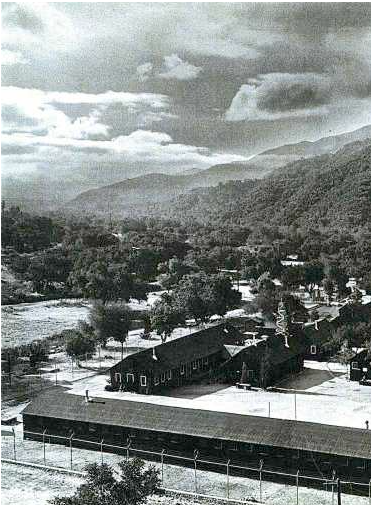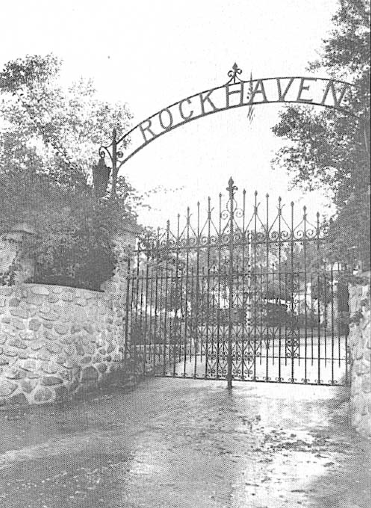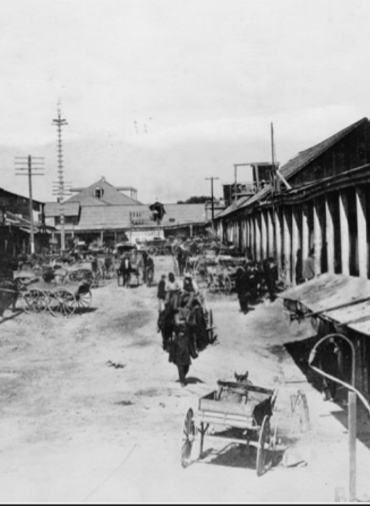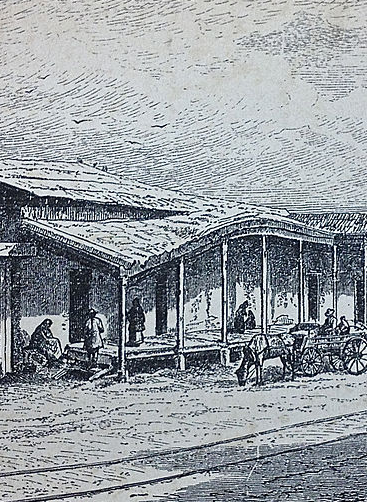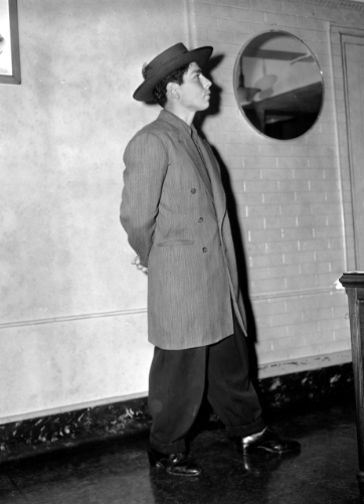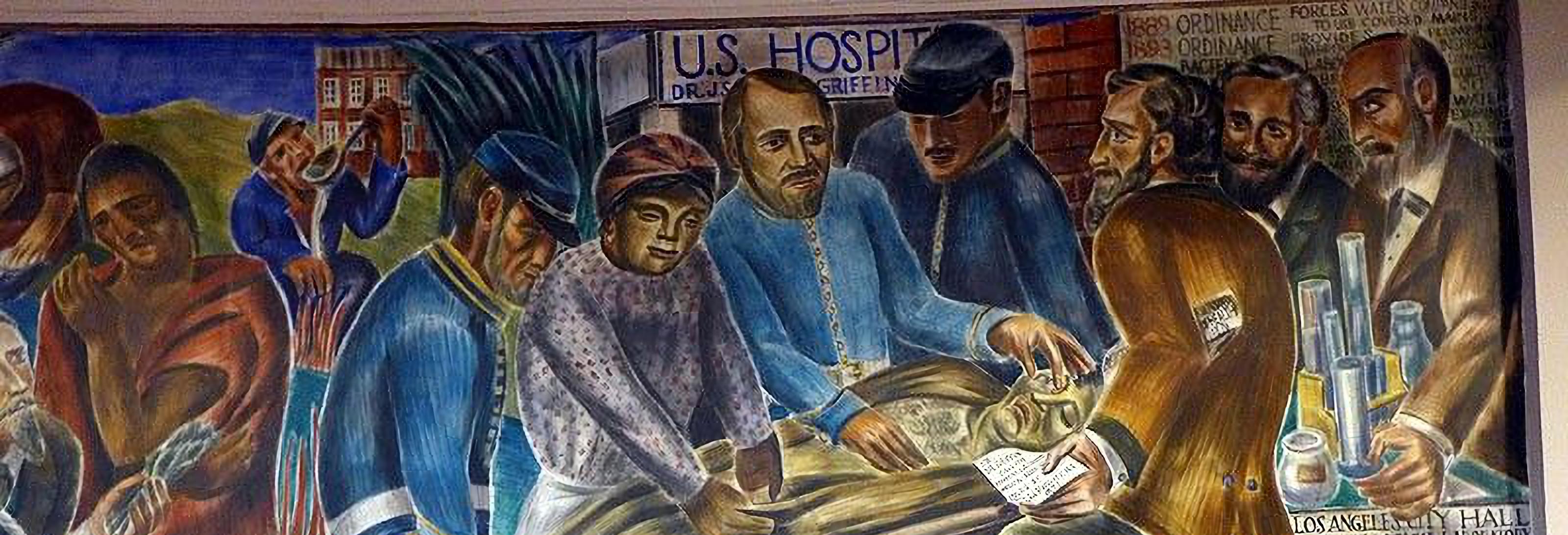
Detail of "History of Medicine in California" at Coit Tower in San Francisco. Painted by Bernard Zakheim, 1938.
“In Your Own Backyard: Civil Liberties Then and Now ” offers secondary teachers and their students a way to make the issues of civil liberties and violations a part of their own experience. Rather than just reading about events in a book or online, a series of primary source lessons and the accompanying opportunities to visit these places in Los Angeles will allow students to discover that “history” and a denial of civil liberties is not something that happens “over there” but something that has taken place “in your own backyard.” In the United States, civil liberties are based on the First Amendment to the United States Constitution. This program will explore five historical examples of civil liberties grounded in the First Amendment: human rights, immigrant rights, racial justice, smart justice, and women’s rights. The modules and the accompanying website will discuss the variety of experiences of persons of Japanese ancestry during World War II, as well as their relationship to the experiences of other populations so that the causes, and contemporary applications of this and similar events will be illuminated and understood. Each of the five topics has biographies and lesson plans which may be used for classroom work and/or the accompanying field trip plan.
- Pictured from left to right.
- Aerial view of Tuna Canyon detention camp, from Wikimedia Commons, https://commons.wikimedia.org/wiki/Category:Tuna_Canyon_Detention_Station
- Photo of Rockhaven Sanitarium's front gate, from Friends of Rockhaven, https://laist.com/news/site-of-historic-glendale-mental-health-facility-will-be-turned-into-a-museum
- Calle de los Negros, c. 1896, from California Historical Society Collection at USC Libraries, https://www.kcet.org/shows/lost-la/calle-de-los-negros-l-a-s-forgotten-street
- Chinese Quarter in Los Angeles, from Wikimedia Commons, https<://en.wikipedia.org/wiki/File:Chinese_Quarter_in_Los_Angeles_California.jpg
- Man arrested during Zoot Suit riots modeling clothes, from Associated Press, https://timeline.com/zoot-suit-riots-of-1943-were-a-targeted-attack-on-mexican-youths-8e5b34775cff
